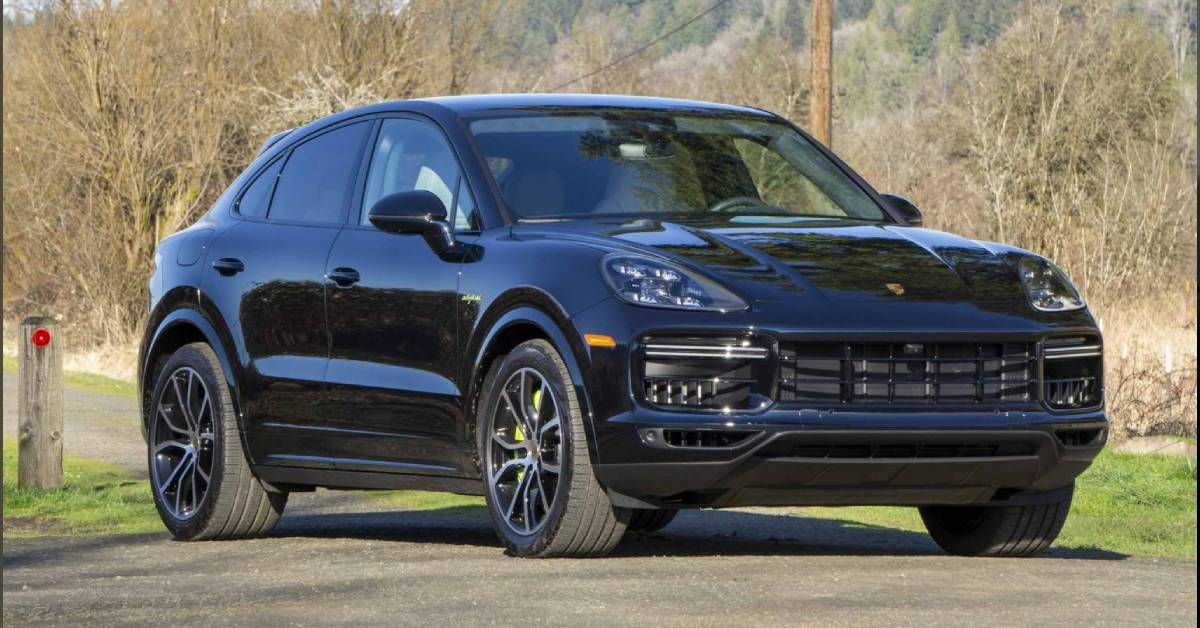The term “sporty SUV” became popular thanks to Porsche. It all started when the German marque decided to launch the Cayenne back when its finances were in the red. Porsche, was quick to realize the potential of having an SUV and decided to invest heavily into an idea that many thought was preposterous. The move turned out to be a success and set the cash registers ringing.
However, a few years after the introduction, the Porsche Cayenne was soon overtaken by some of the industry giants. Porsche's luxury SUV was one of the first cars to actually dictate a market change. It was a car that rewrote what an SUV should be and made consumers think of it as a sports car on stilts. The impact was so good that all luxury carmakers ventured into the world of premium SUVs.
If you didn’t know, the Porsche Cayenne played an important role in the iconic Carrera GT’s fruition. A lot of revenue was generated with the success of Porsche’s SUV, allowing for extensive R&D.
As you can tell, the Cayenne has historical significance in sustaining the brand’s continued multi-decade run. So what’s the story then? How did the Cayenne save Porsche? Let’s find out.
Porsche On The Brink Of Bankruptcy
For a company like Porsche, sustenance is as important as making exciting cars. Hence, the sales division had to come up with estimates to see whether the existing 911 and Boxster range would help keep the company afloat. Using market research, the sales team analyzed every possibility and forecasted that sports cars have their limits, suggesting that the legendary 911 and the mid-engined Boxster model alone would not guide the manufacturer into a secure future.
This was crucial as Porsche, not too long ago, reported a $130 million loss and had to take drastic measures. The new chairman, Wendelin Wiedeking, optimized production, laid off top-level staff and had to rethink the brand’s possibilities. This eventually led to Wiedeking green-lighting the Boxster project. Just years later, he is faced with another challenge—to save Porsche and secure its future. Lo and behold, project “Colorado,” a.k.a. the Cayenne was brought to life.
The Porsche Cayenne Could’ve Been A Rebranded Mercedes M-Class
Five alternative vehicle concepts were examined for the “third Porsche,” but in the end, only a luxury minivan and a fast, premium SUV were seriously considered. At the time, minivans were especially popular among low-income families in America who preferred a spacious runabout. However, large SUVs were also doing well across all income levels, recalls Anton Hunger, former head of communication for CEO Wendelin Wiedeking.
Porsche was looking for a partner to develop the new SUV. Mercedes-Benz was due to launch the M-Class in 1997 and didn’t mind Porsche stepping in if it mutually benefited both parties. Porsche slated the Cayenne to be a high-performance offshoot of the Mercedes, with its own exterior design and a lot of M-Class technology, except engines and chassis components. The Porsche/Mercedes cooperation agreed in 1996 and was making good progress. But by the end of the year, it failed due to differing ideas about the two companies’ economic relationship.
Not long after, Porsche presented the concept to Volkswagen, and Ferdinand Piech (Chairman of VW) decided they could also use a car like this. In 1997, the decision was made to join forces in designing the Cayenne and Touareg on the Porsche platform as part of the project known internally as ‘Colorado’. A year later, this decision was made public.
Porsche's First Ever SUV Becomes A Bestseller
Interestingly, the Cayenne’s development was quite extensive and involved purchasing a number of different SUVs. To give engineers a feel for the demands involved, division managers were instructed to turn in their Porsche company cars and drive the BMW X5, Ford Explorer, Jeep Grand Cherokee, and Mercedes M-Class. These models were driven on a day-to-day basis and were swapped every four weeks. This exercise was one of the key ingredients in the Cayenne’s success, says a Porsche spokesperson. In 2002, four years after the decision to build the Cayenne was made public, the first five-seater Porsche celebrated its world premiere.
At the start, Porsche was pretty conservative and only planned to deliver 25,000 cars per year. However, Porsche sold 276,652 examples of the first generation over eight model years, translating to just under 35,000 units a year. As of today, more than a million Cayennes have been sold. And in 2021 alone, Porsche sold nearly 80,000 units, signifying the model’s success.
According to Oliver Blume, Chairman of the Executive Board of Porsche, “With the Cayenne, we have succeeded in successfully transferring the Porsche legend to a completely new market segment. Our sports car in the SUV segment has proven to be a bestseller since 2002.”
Sources: Porsche

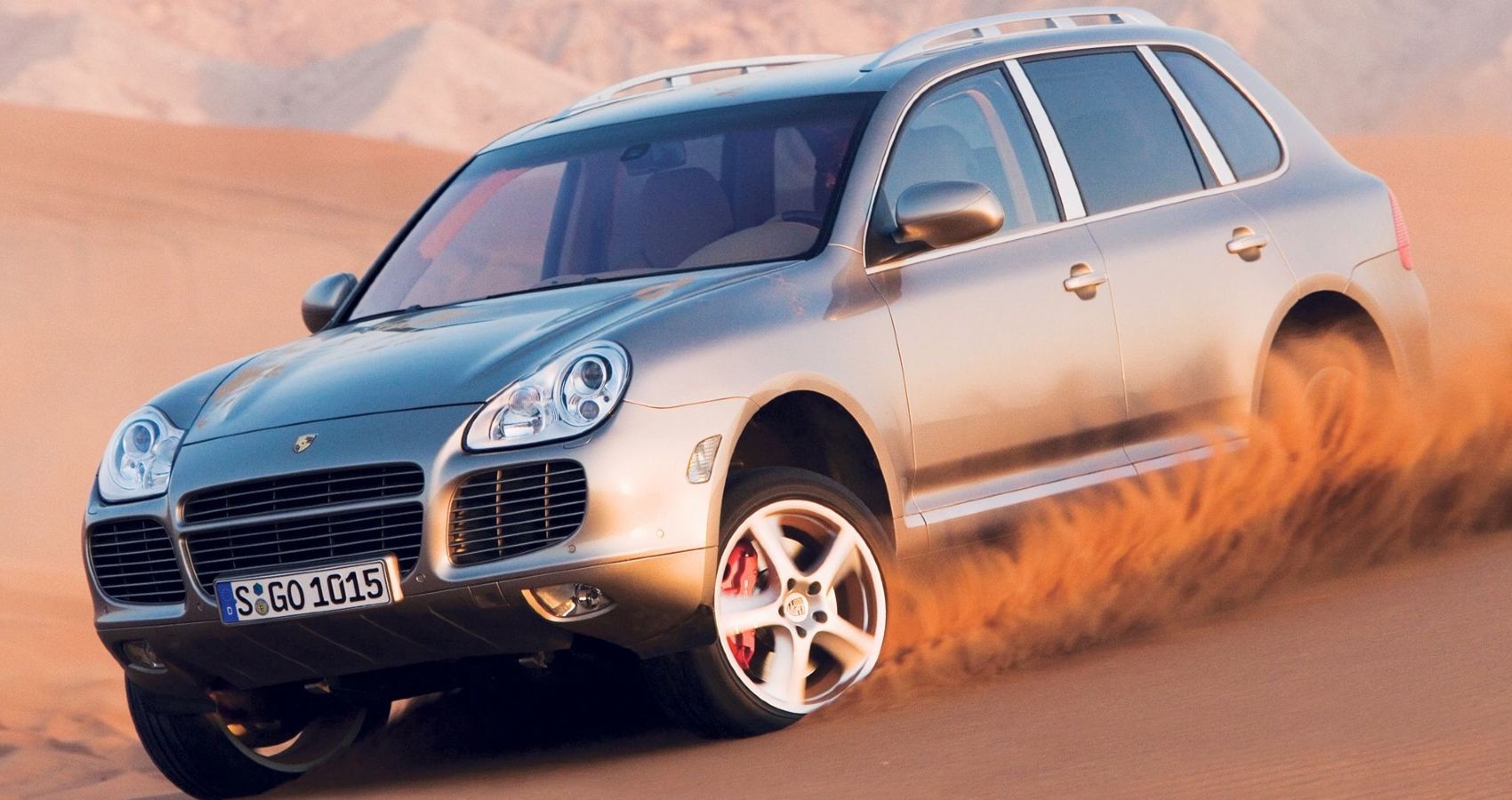
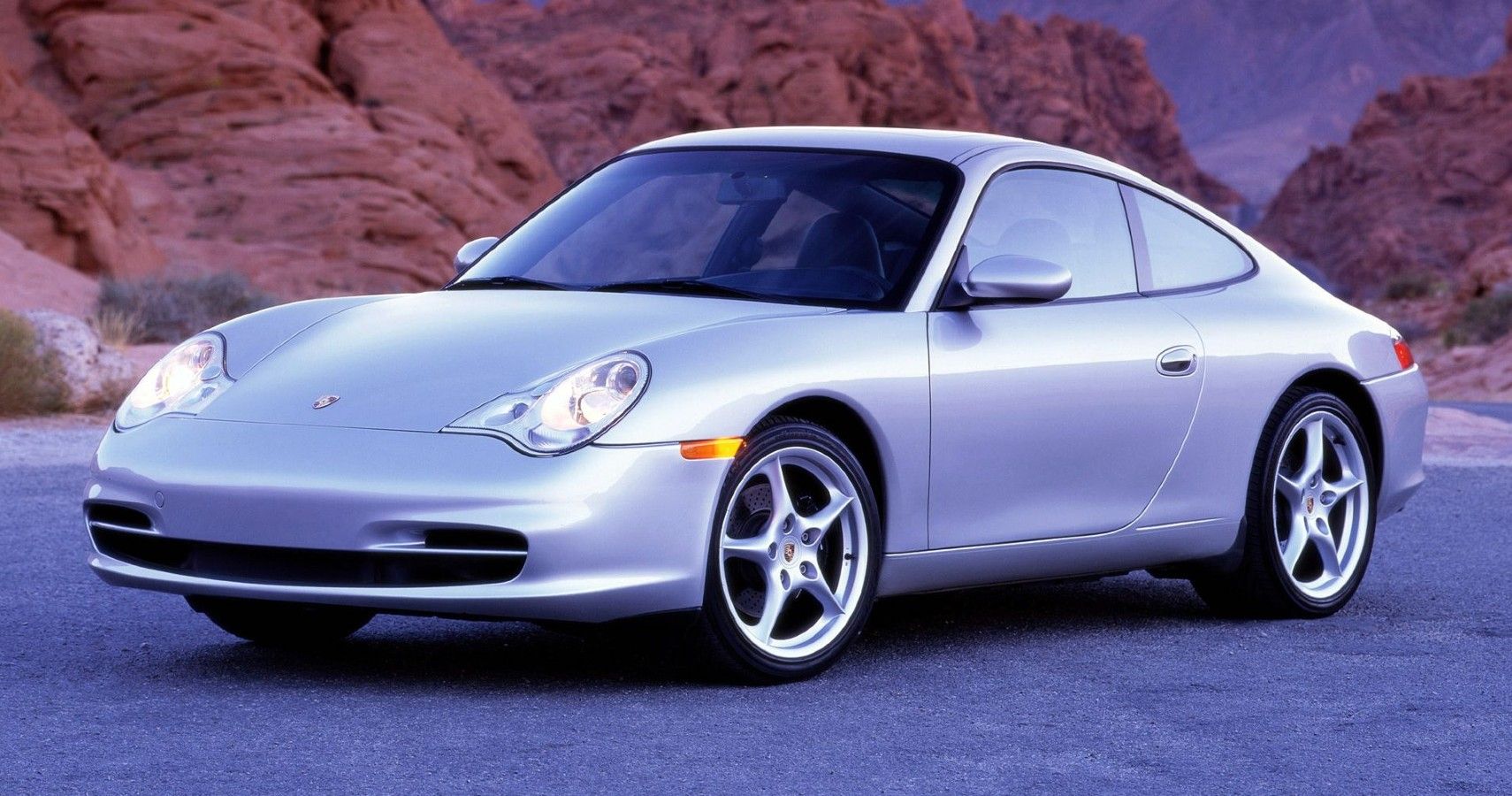
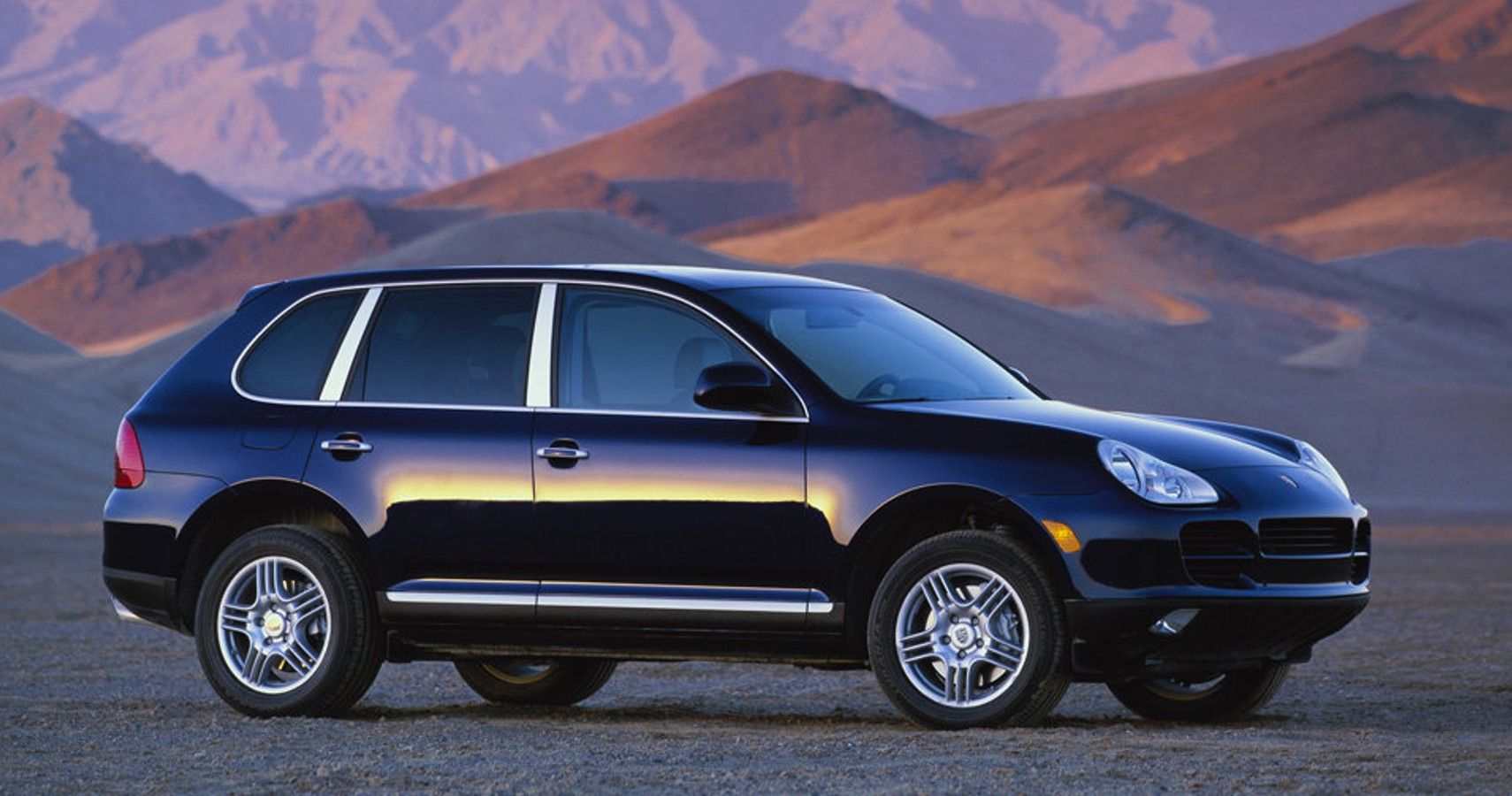
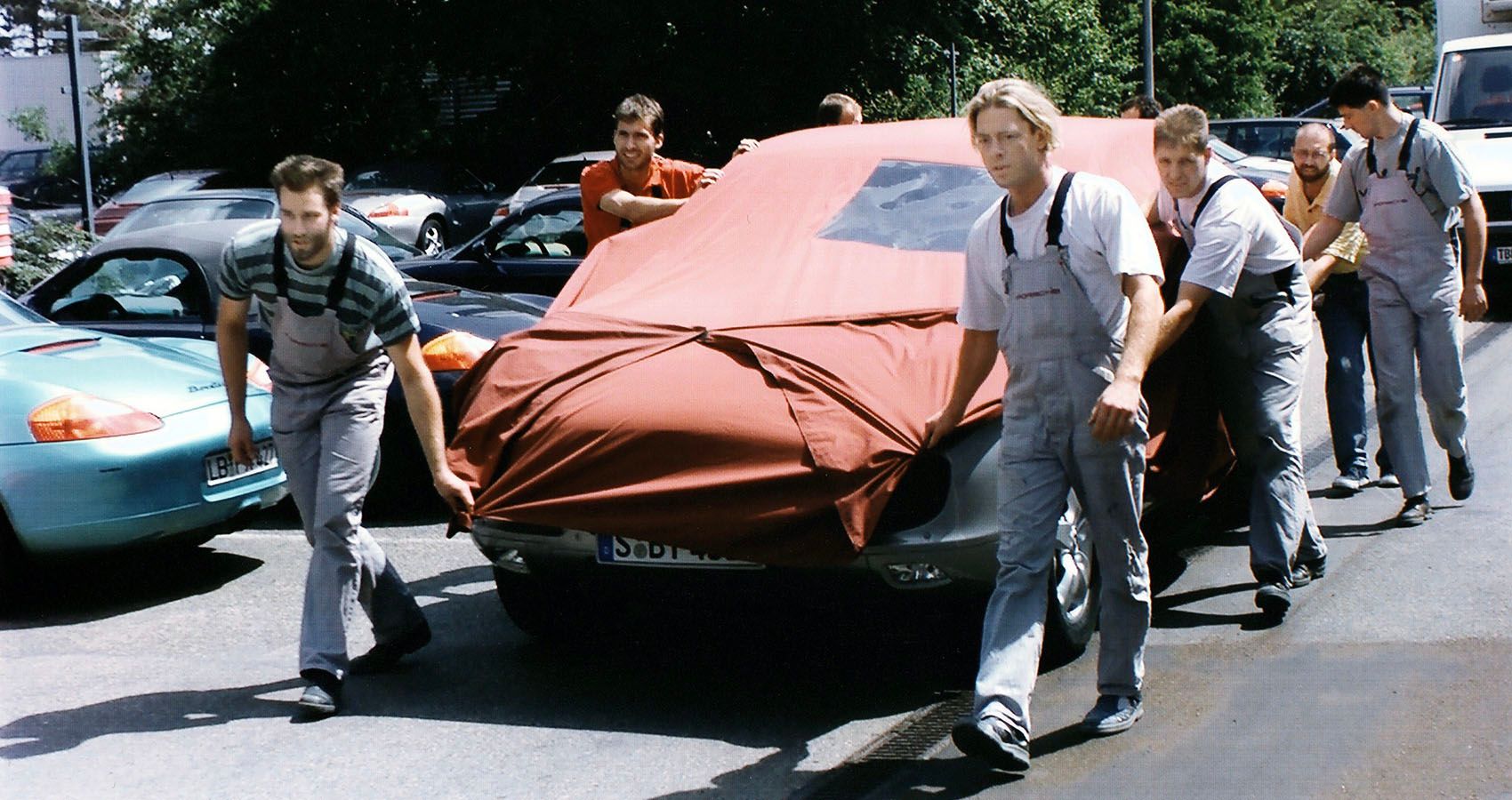
-1.jpg)
